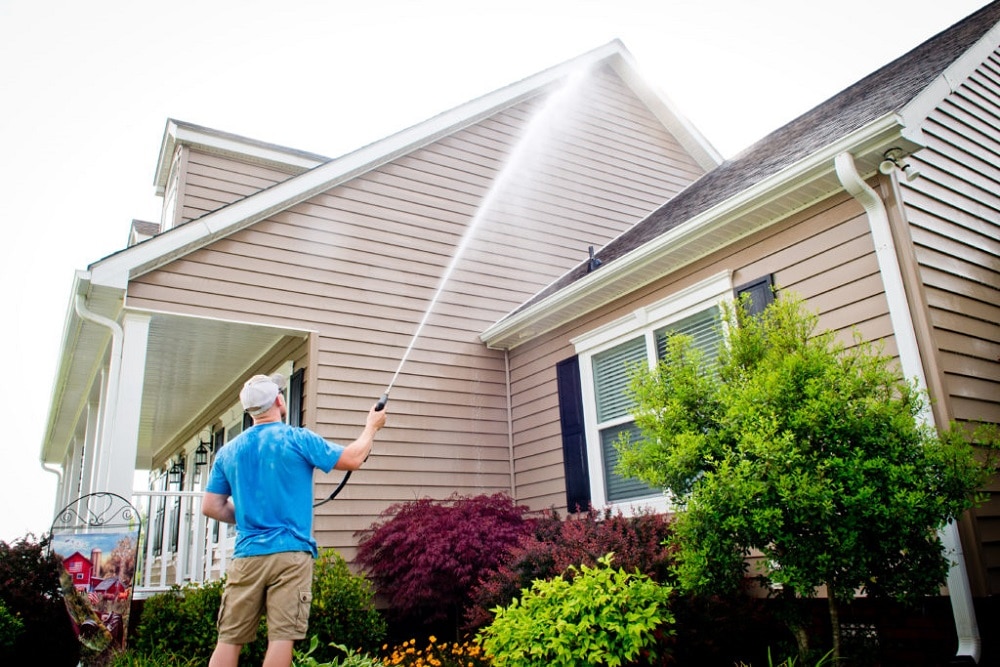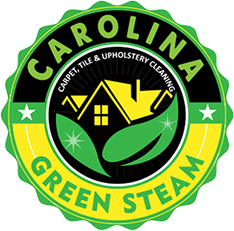Maintaining the exterior of your home is crucial not only for aesthetic appeal but also for its structural integrity. However, despite your best efforts, you may find dirt and moss creeping onto the surfaces of your house, detracting from its appearance and potentially causing damage. Understanding the factors behind these nuisances can help you take proactive measures to keep your home looking its best. Let’s delve into the common culprits behind the accumulation of dirt and moss on house exteriors.
- Moisture Accumulation: Moisture is a primary catalyst for the growth of moss and the accumulation of dirt. Rain, dew, or even sprinkler systems can create moist environments conducive to moss growth. Areas of your home that are shaded or receive less sunlight are particularly vulnerable to moisture buildup, providing the perfect conditions for moss to thrive.
- Lack of Sunlight: Sunlight not only helps to dry out moisture but also inhibits moss growth. Areas of your house that are constantly shaded by trees, tall buildings, or even adjacent structures are more likely to harbor moss. Insufficient sunlight also hampers the natural cleaning process of surfaces, allowing dirt to accumulate over time.
- Poor Drainage: Improper drainage around your home can lead to water pooling, which not only creates unsightly puddles but also promotes the growth of moss and algae. Clogged gutters, inadequate grading, or damaged drainage systems can exacerbate this issue, trapping moisture against the exterior surfaces of your house.
- Lack of Maintenance: Neglecting regular maintenance of your home’s exterior is a surefire way to invite dirt and moss to take up residence. Failure to clean surfaces, trim vegetation, or address issues such as cracked siding or deteriorating paint can contribute to the buildup of grime and the growth of moss over time.
- Proximity to Trees and Vegetation: While trees and vegetation are undoubtedly beautiful, they can also be a source of trouble for your home’s exterior. Overhanging branches not only provide shade but also drop leaves, twigs, and other organic matter onto your roof and siding, creating ideal conditions for moss growth and dirt accumulation.
- Humid Climate: If you reside in an area with a humid climate, you may find it particularly challenging to keep dirt and moss at bay. High humidity levels create a damp environment that moss thrives in, making it more prevalent on house exteriors in such regions.
- Air Pollution: Environmental factors such as air pollution can also contribute to the buildup of dirt on your house exterior. Dust, soot, and other airborne particles settle onto surfaces over time, creating a layer of grime that can be difficult to remove without proper cleaning techniques.
Now that we’ve uncovered the main factors contributing to the presence of dirt and moss on your house exterior, what steps can you take to combat these issues?
- Regular Cleaning: Schedule regular cleaning sessions to remove dirt, moss, and other debris from your home’s exterior surfaces.
- Trim Trees and Vegetation: Keep trees and vegetation trimmed to minimize shade and prevent organic debris from accumulating on your roof and siding.
- Improve Drainage: Ensure proper drainage around your home by cleaning gutters regularly, fixing any drainage issues, and maintaining proper grading to prevent water pooling.
- Maximize Sunlight Exposure: Trim back overhanging branches and clear obstructions to maximize sunlight exposure to your home’s exterior.
- Consider Moss Treatments: Explore moss treatments and preventative measures to discourage moss growth on susceptible surfaces.
By understanding these factors and implementing proactive measures, you can effectively combat the accumulation of dirt and moss on your house exterior, ensuring that your home remains a clean and inviting space for years to come.


